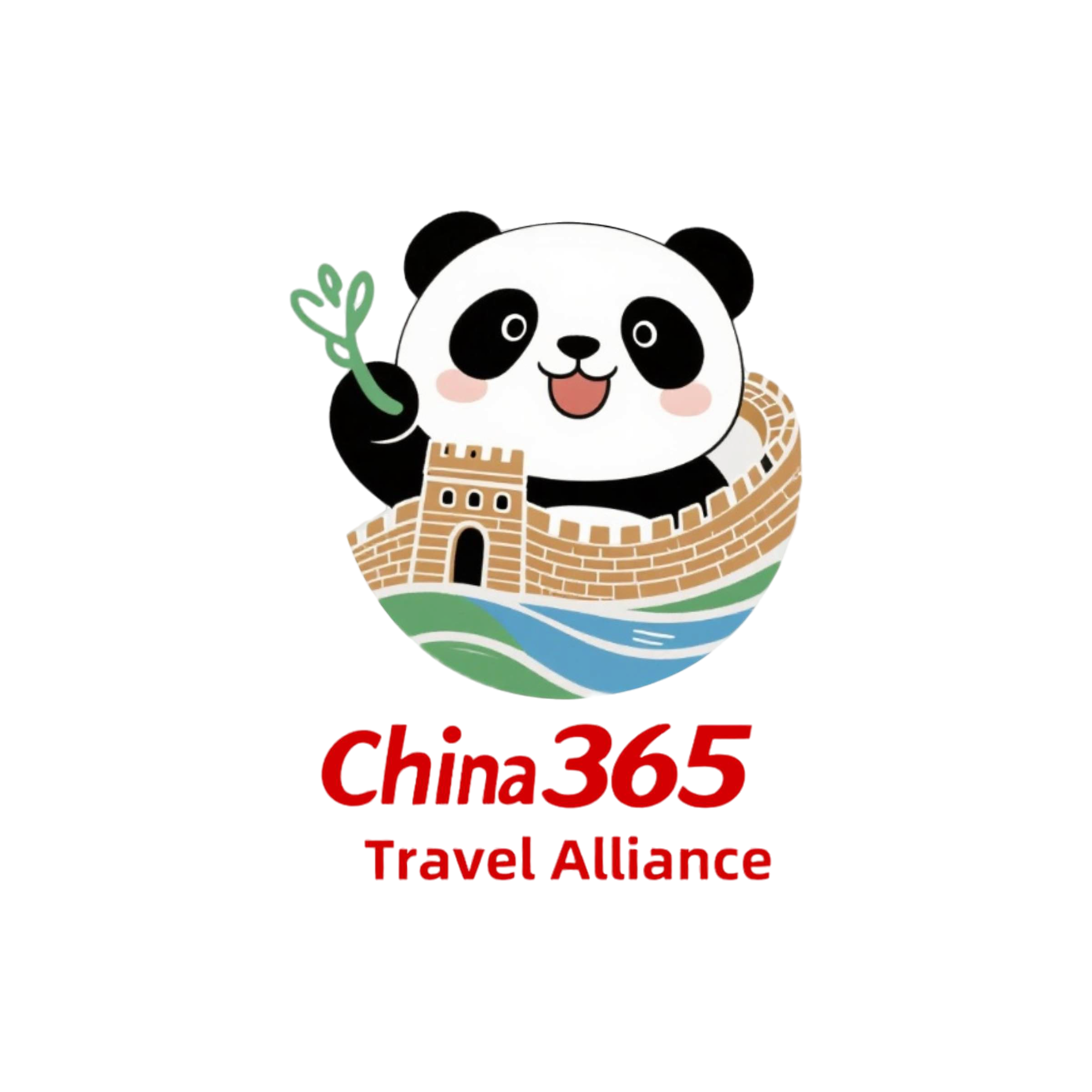Zhangjiajie Travel Guide
Zhangjiajie Travel Guide
Zhangjiajie, a small city in south-central China, has rapidly gained popularity in recent years thanks to its thousands of towering rock peaks, breathtaking cliff-top sightseeing elevators, a glass bridge suspended over a deep canyon, and the world’s longest cable car. It has become a trending topic on social media platforms like YouTube and Instagram, rivaling top Chinese tourist destinations like Beijing, Xi’an, and Shanghai. In the eyes of Koreans, Zhangjiajie even surpasses these “top” destinations, becoming a must-see destination in a lifetime.
Unlike cities like Beijing, Xi’an, and Shanghai, known for their numerous historical buildings or modern skyscrapers, Zhangjiajie is renowned for its majestic natural beauty, shaped by eons of wind and rain. Here, you can see nearly 3,000 stone pillars looming in the mist, some resembling graceful maidens, others soldiers, and even animals. You’ll also discover caves dotted in the mountains or hidden underground, clear lakes, winding streams, lush forests, and monkeys roaming the woods. As early as 1992, Zhangjiajie was designated a UNESCO World Heritage Site for its unique karst landscape.
Tourist Attraction
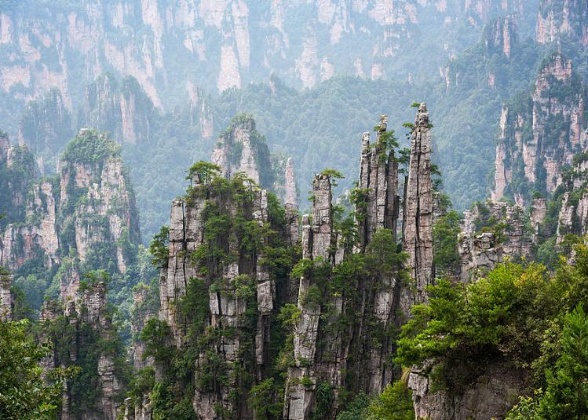
Zhangjiajie National Forest Park

Tianmen Mountain
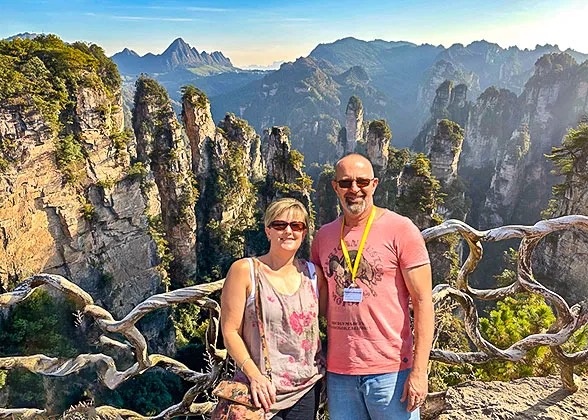
Yuanjiajie
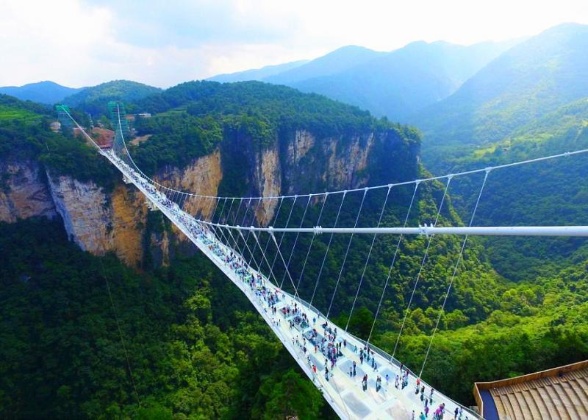
Zhangjiajie Glass Bridge
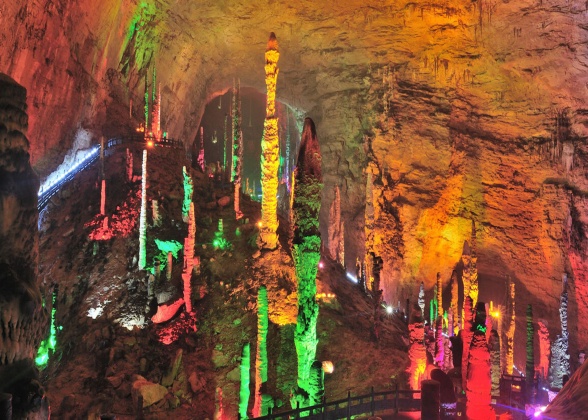
Yellow Dragon Cave
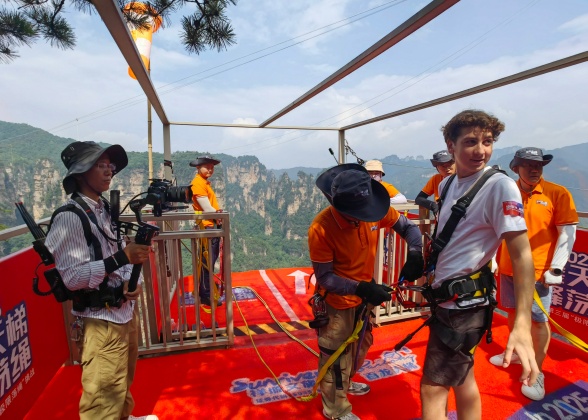
High-altitude rope swing challenge

Travel Planning
Zhangjiajie boasts numerous major tourist attractions, particularly Zhangjiajie National Forest Park. If you decide to visit Zhangjiajie, we recommend at least three days: 1.5 days for the Forest Park, half a day for the Zhangjiajie Glass Bridge, half a day for Tianmen Mountain, and other worthwhile attractions like the Seventy-Two Weird Towers and Seven Star Mountain. If you’d like to explore more, including nearby Fenghuang Ancient Town or Furong Town, you’ll need to allow two additional days. For more information, contact 365 China Travel to customize your Zhangjiajie itinerary.apply now
Transportation
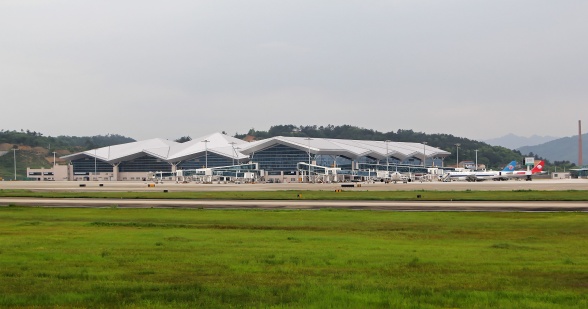
You can reach Zhangjiajie directly by train or flight from most cities in China, including Beijing, Shanghai, Guangzhou, Changsha, Hong Kong, and Chengdu. Some countries also offer direct flights to Zhangjiajie, such as South Korea, Thailand, Vietnam, Indonesia, and Malaysia. If there are no direct flights from your region, you can fly to Beijing, Shanghai, or Hong Kong and then take a train or flight to Zhangjiajie. If the train to Zhangjiajie is sold out, Changsha is always the best connecting point. You can arrive in Changsha and then take the train to Zhangjiajie.
Zhangjiajie has excellent public transportation. Daily long-distance buses run between Zhangjiajie’s main attractions and the city center. Buses and taxis (including online taxis) are also readily available within the city.
Four Seasons Zhangjiajie
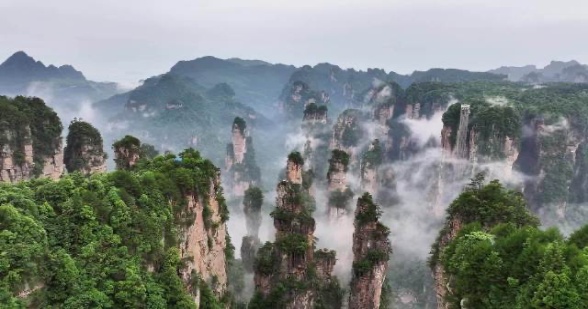
The best times to visit Zhangjiajie are April to June, the warm and vibrant spring, and September to October, the colorful autumn. During these months, Zhangjiajie enjoys pleasant temperatures, occasional rain, and breathtaking scenery.
In fact, Zhangjiajie is beautiful year-round. With careful planning, you can visit at any time of year to experience the diverse beauty of each season. In spring, mountain flowers bloom and the vegetation returns to green, presenting a vibrant and vibrant scene. Zhangjiajie, nestled in the mountains, is a natural summer resort, offering cool and refreshing summer weather. In autumn, Zhangjiajie transforms into a vibrant landscape painting, each day shimmering with vibrant colors. In winter, the snow-capped Zhangjiajie presents a unique and captivating beauty.
Meals
Zhangjiajie is home to the Tujia ethnic group, so the cuisine here retains the typical characteristics of Tujia cuisine: preserving the original flavors and freshness of the ingredients. Another distinctive feature of Zhangjiajie cuisine is its spicy, sour, and salty flavors. If you can’t handle spicy food, don’t worry, as many restaurants allow customers to choose the spiciness level. If you can’t handle spicy food at all, be sure to inform the waiter when ordering.
Whether in downtown Zhangjiajie or around Zhangjiajie National Forest Park in Wulingyuan, there are well-received restaurants offering delicious cuisine. The food courts are also worth a visit, offering a wide variety of affordable snacks.
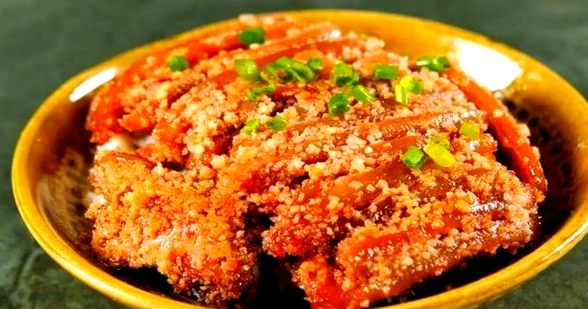
Nightlife
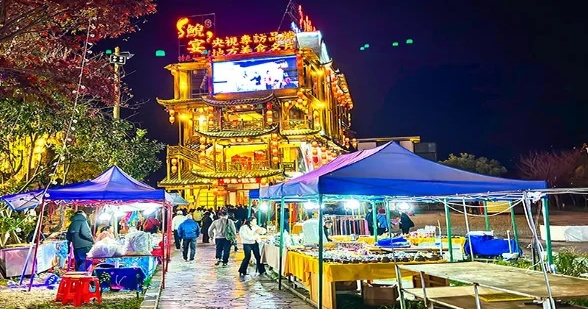
At night, the streets of Zhangjiajie are filled with vendors selling barbecue and local snacks, such as rice wine dumplings, tofu pudding, roasted dried tofu, grilled beef and lamb skewers, Tujia spicy radish, and pickled vegetables. Don’t miss the Tujia liquors, including rice wine, corn wine, sorghum wine (a type of wine brewed from sorghum), and snake wine. These delicious and affordable foods and drinks can be tasted at Zhangjiajie’s night market.
Start planning your customized tour with one-on-one help from one of our travel consultants.
Why Choose 365 China Travel
★Customize your tour
Travel Advisor with roots in China
Immediate response, no waiting!
Direct Connections, Supreme Values
★Maximize your flexibility
- Your own private guide and journey
Explore at your own pace
- Unparalleled flexibility, not possible with group tours
★Ensuring Your Satisfaction
Top 20% of nationally ranked tour guides at your service
24/7 emergency support
Cultural In-depth Experience Service
